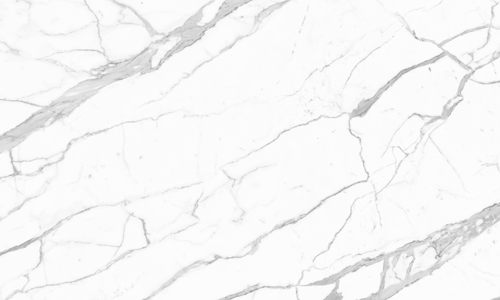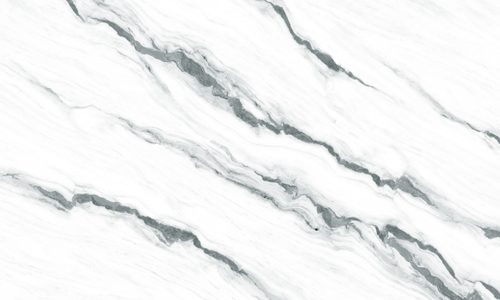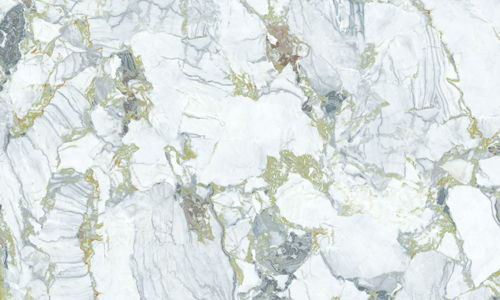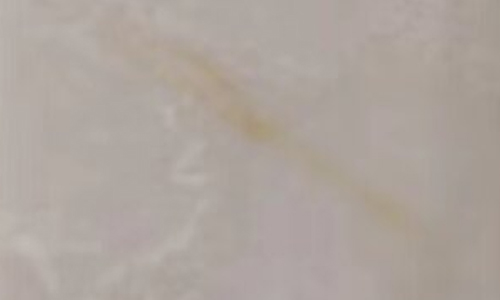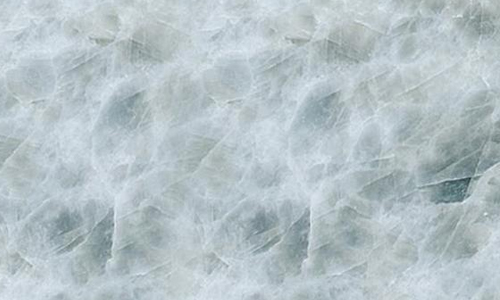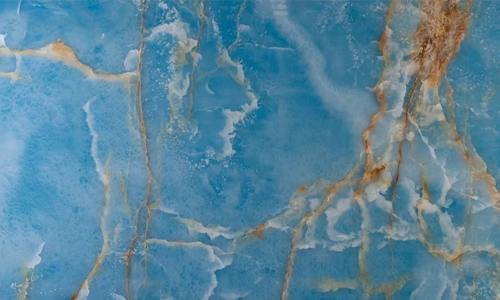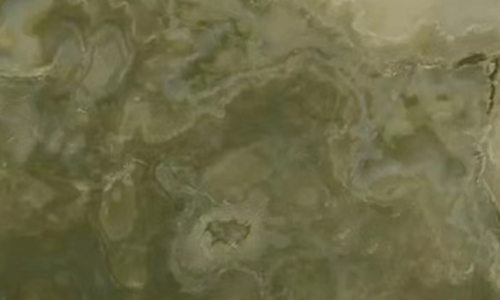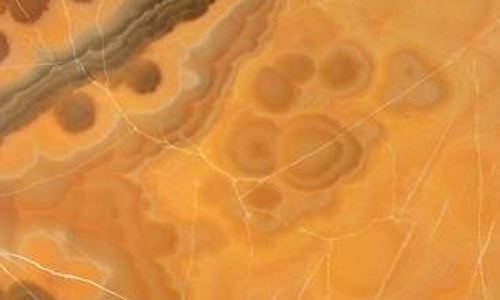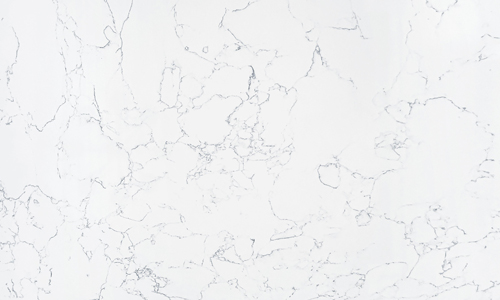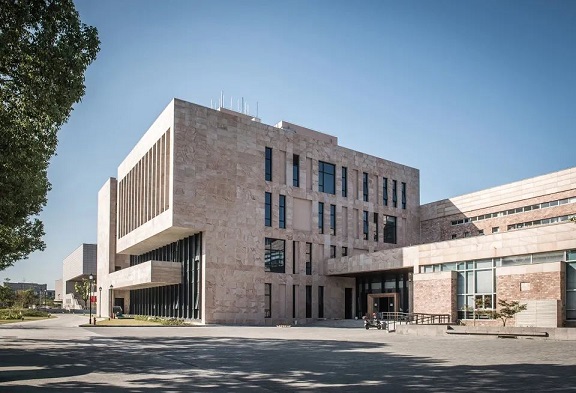
In the grand tapestry of modern architecture, stone curtain walls, with their unique texture and enduring charm, have become an indispensable part of the urban skyline. However, this beauty is not immutable; once stone curtain walls encounter water seepage, their appearance and performance can be severely compromised. In China, over 30 million square meters of stone curtain walls are installed annually, but the accompanying pollution issues have caused some once-glossy buildings to fade within just three years.
How can we ensure that the stone exterior of our buildings remains as fresh as new?
Here are our answers.
1. Properly Designing Drainage Systems
In many architectural cases, the degree of pollution varies by location, often due to drainage issues. Incorrect drainage directions and improper drainage pipe settings can lead to water accumulation, which in turn triggers pollution. Ponding not only drives dust to adhere to the stone surface, forming water stains, but can also be difficult to detect if caused by burst drainage pipes, leading to damage to the stone panels. Therefore, designing a rational drainage system is key to avoiding potential water accumulation hazards.
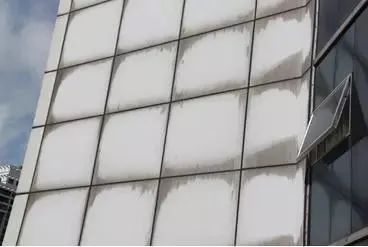
2. Selecting the Right Facing Materials
Stone varieties are abundant, with each type possessing different levels of durability, corrosion resistance, and weathering performance. Some stones are only suitable for indoor use and cannot withstand the complex and variable outdoor environment. For instance, stones with many surface pores, such as sandstone, are prone to mold growth, leading to black spots and green moss, causing significant maintenance challenges. Thus, it is crucial to select the appropriate stone based on the climate conditions surrounding the building and the actual needs of the project, such as granite, and to perform six-side impregnation protection treatment before installation to ensure watertight measures are in place.
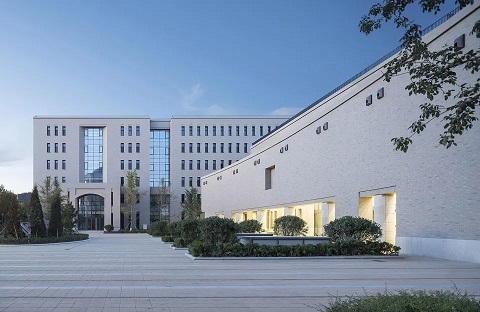
3. Correctly Installing Insulation Materials
During the installation of stone curtain walls, filling with insulation materials is indispensable. However, many construction personnel mistakenly tear off the aluminum foil on the outer layer of insulation cotton, causing the insulation to collapse after absorbing water, affecting its insulating effect, and potentially leading to the formation of water stains. Therefore, correctly installing insulation materials and maintaining the integrity of the outer aluminum foil is crucial for maintaining the performance of stone curtain walls.
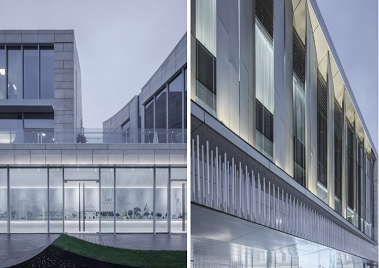
4. Using Qualified Sealants and Connectors
The quality of sealants directly affects the degree of pollution on stone panels. Inferior sealants can erode stone, causing irreversible pollution. Therefore, it is essential to choose pollution-free sealants and conduct oil permeation tests before use. Additionally, the curtain wall structure should be connected using stainless steel or aluminum alloys to avoid the use of inferior connectors, preventing metal oxidation and rust formation.
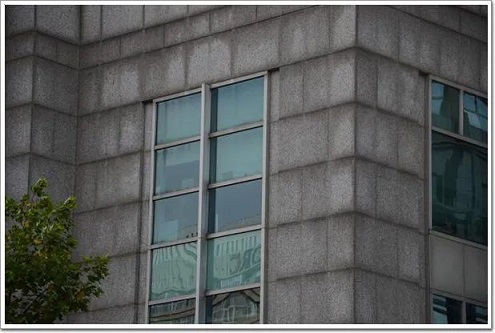
Conclusion
By implementing these strategies, we can effectively enhance the durability and aesthetics of stone curtain walls, reducing maintenance costs due to water seepage and pollution. Proper design, construction, and maintenance are the keys to ensuring that stone curtain walls maintain their fresh and glossy appearance over the long term.
Lillian Fortune East Stone
📧 Email: sales05@fortunestone.cn 📞 Phone: +86 15960363992 (Available on WhatsApp) 🌐 Websites: www.festonegallery.com | www.fortuneeaststone.com


